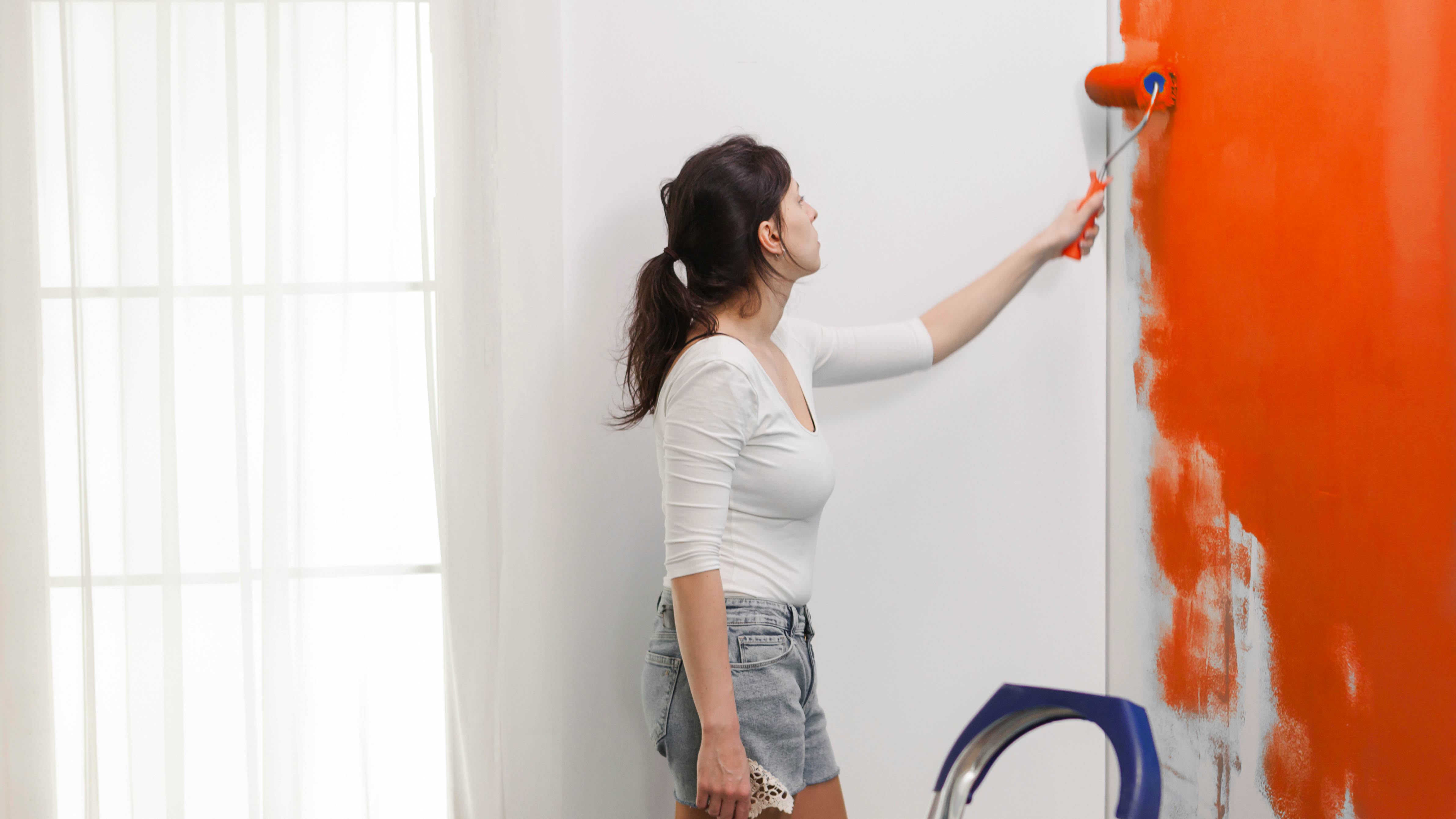5 Common Mistakes to Avoid When Painting Your Home
5 Common Mistakes to Avoid When Painting Your Home
Painting your home can be a rewarding DIY project that breathes new life into your living spaces. However, without proper preparation and technique, it's easy to make mistakes that can lead to less-than-desirable results. Here are five common mistakes to avoid when painting your home:

- Skipping Preparation:
- One of the most significant mistakes is neglecting proper preparation. Skipping essential steps like cleaning, sanding, and priming can result in poor paint adhesion and an uneven finish.
- Solution: Take the time to clean walls, patch holes or cracks, sand rough surfaces, and apply a primer if necessary. Proper preparation sets the foundation for a successful paint job.
- Inadequate Coverage and Uneven Application:
- Applying too little paint or rushing through the job can lead to uneven coverage and visible streaks or patches. This often happens when trying to stretch paint to save money.
- Solution: Apply paint evenly, using the recommended number of coats specified by the manufacturer. Invest in quality brushes and rollers for a smoother finish.

- Ignoring the Weather:
- Painting in extreme weather conditions, like high humidity or low temperatures, can affect paint drying times and adhesion. Additionally, direct sunlight can cause paint to dry too quickly, resulting in visible lap marks.
- Solution: Paint during ideal weather conditions – typically between 50-85°F (10-30°C) with low humidity. Follow the manufacturer's recommendations for the best results.
- Neglecting Surface Preparation:
- Painting over dirty or oily surfaces can lead to paint peeling or flaking over time. Failing to remove dust, cobwebs, or mildew can also compromise the paint's longevity.
- Solution: Clean the surfaces thoroughly before painting. Use mild detergent or TSP (Trisodium Phosphate) to remove dirt, grease, and mildew. Rinse and let dry completely.

- Overlooking Proper Technique:
- Rushing through the painting process can result in mistakes like drips, streaks, and visible brush marks. Inconsistent application techniques can make the final result look unprofessional.
- Solution: Take your time, use a steady hand, and apply paint evenly. Work in sections, starting with edges and corners, then fill in larger areas. Feather out paint edges to blend seamlessly.
Avoiding these common mistakes can help you achieve a professional-looking paint job that enhances the beauty and value of your home. Remember that patience, thorough preparation, and attention to detail are key to a successful painting project.
